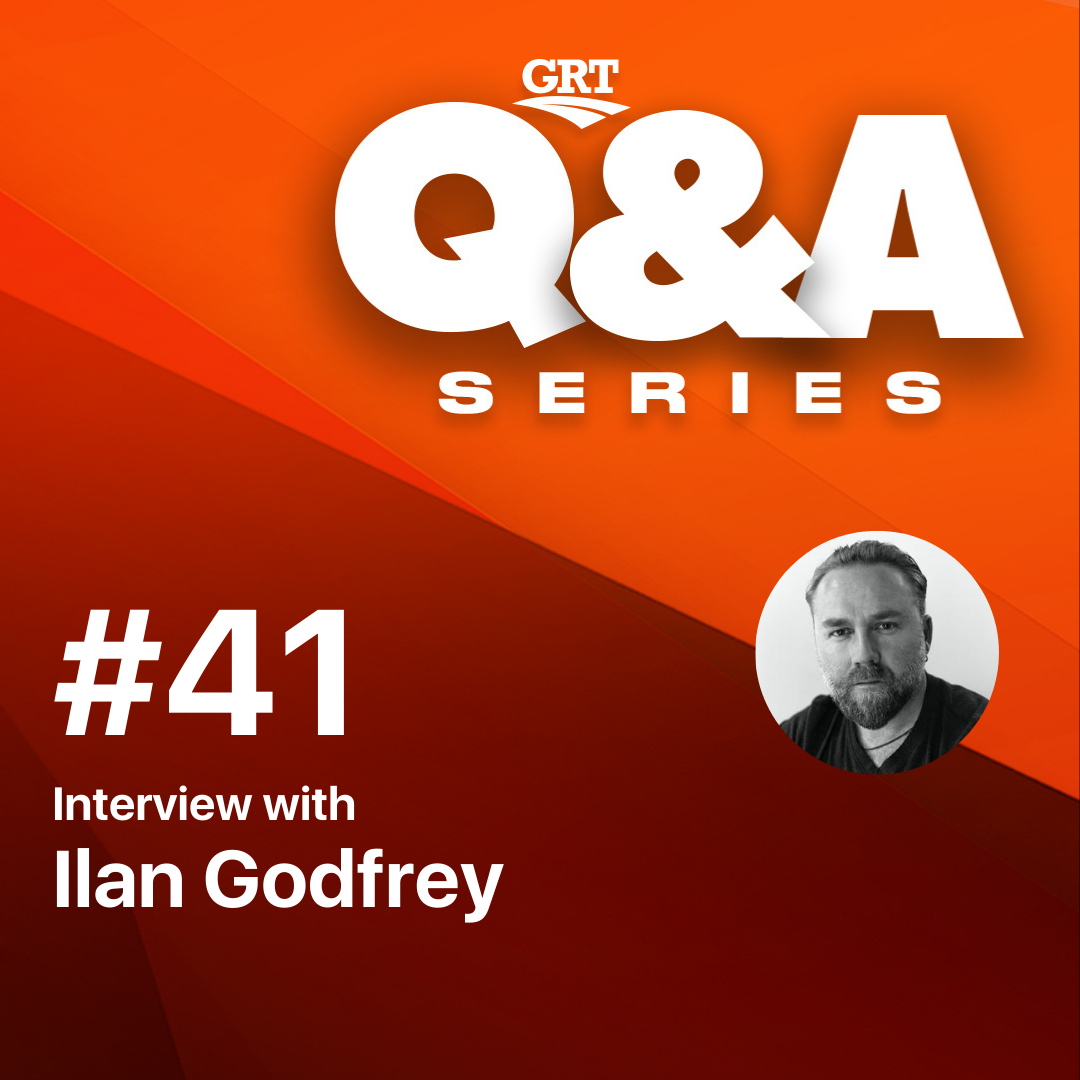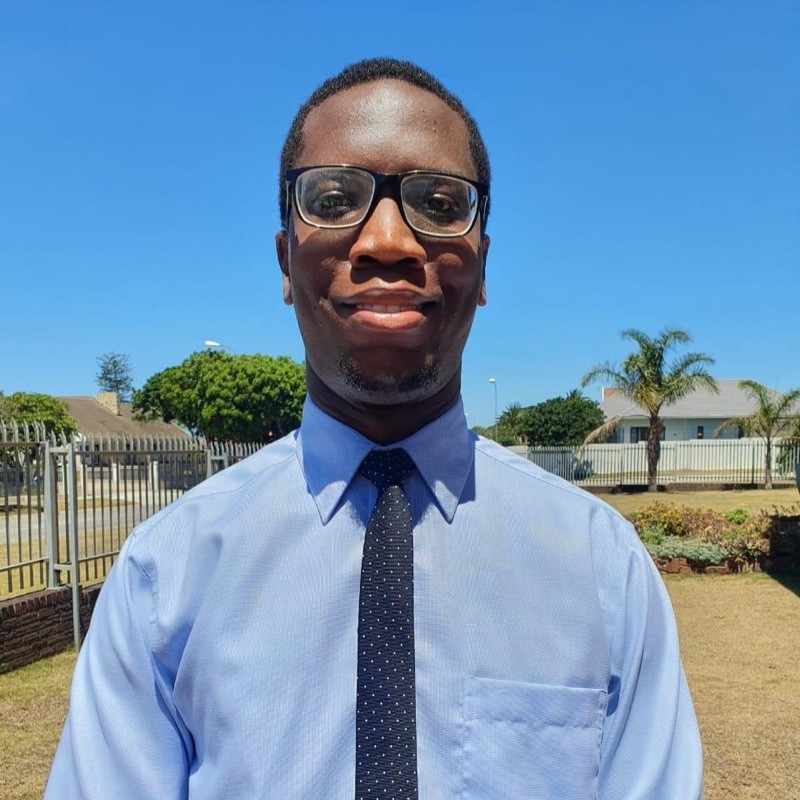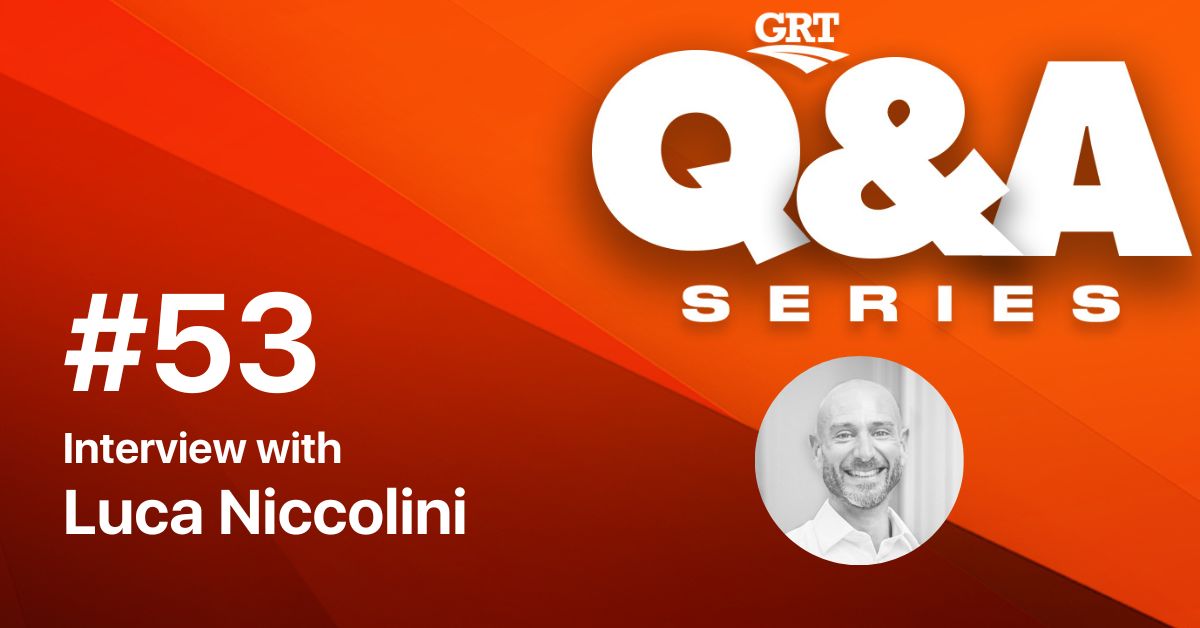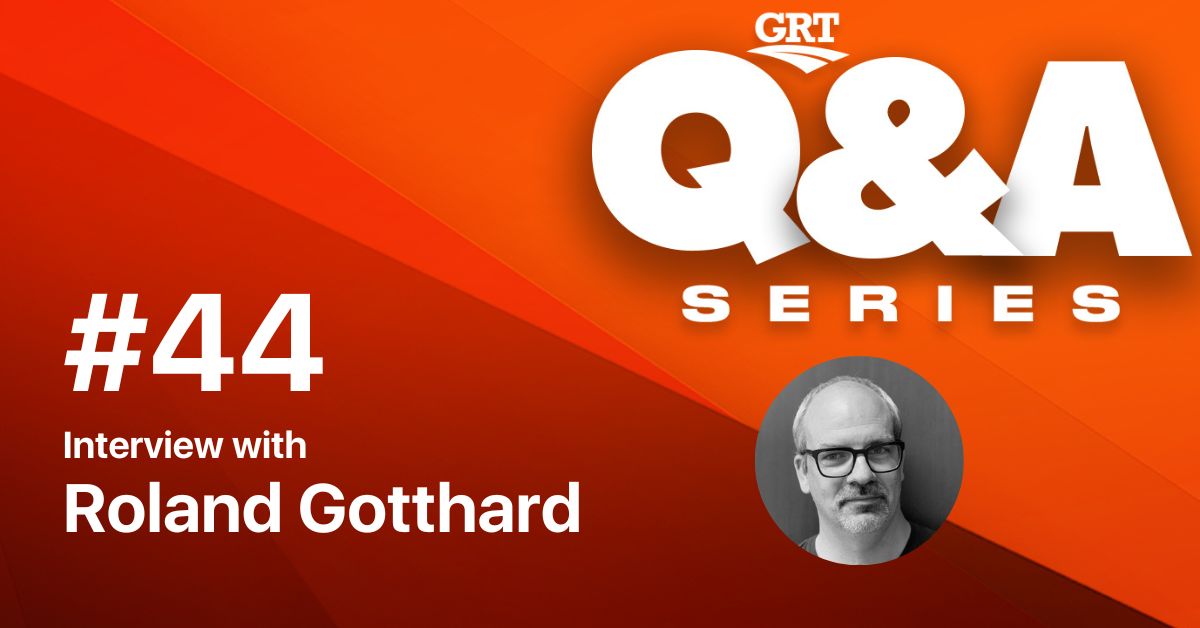Q&A series #41 : Interview with Ilan Godfrey

About the guest
Ilan Godfrey is a South African visual artist documenting the diverse social, political, economic and environmental currents that shape contemporary South Africa, giving viewers a broader, and at the same time, more deeply personal understanding of the country they live in but seldom truly gets to grips with.
For eleven years he worked between Johannesburg and London before returning to South Africa in 2011 to focus on several long-term projects. One of which would evolve into the ‘Legacy of the Mine’. An unflinching series of images set out to expose the unwanted and perhaps under-explored legacy confronting South Africa’s land and people by giving agency to those whose lives and livelihoods have been destroyed by mining processes and the long-term environmental ramifications.
This resulted in Ilan receiving the Ernest Cole Award in 2012. Legacy of the Mine (Jacana, 2013) was published as his first monograph and was launched in conjunction with solo exhibitions across South Africa.
In 2016 he continued to explore South Africa’s extractive sector by collaborating with the Open Society Foundation to produce the seminal work, ‘The Platinum Belt’. This multifaceted project incorporates narrative sound, extensive writings and a geotagged online platform accessible to a global audience and in particular the local communities directly impacted by the platinum extractive sector.
He holds a BA (Hons) degree in Photography from the University of Westminster in London, England and was awarded the David Faddy Scholarship to continue his studies, receiving an MA degree in Photojournalism
Topic of discussion: Where Documentary Photography Meets Dust Diseases
Documentary photography is a style of photography that provides a straightforward and accurate representation of people, places, objects and events, and is often used in reportage. Dust-related lung diseases occur as a result of inhaling varying amounts and concentrations of respirable dust. This can happen over a short or long period of time.
In the mining industry, there are different types of dust and similar hazards depending on the nature of mining activities. Silicosis in relation to documentary photography’s role in documenting its impact on mine workers is vividly captured by documentary photographer, Ilan Godfrey.
His Legacy of the mine project is quite extensive and silicosis only covers a small part of the larger project however it is an important area of focus nonetheless.
Ilan’s work has been recognized by numerous photography awards and grants in South Africa and abroad and exhibited in prestigious galleries and museums worldwide, including the:
- National Portrait Gallery (London, UK)
- Iziko South African National Gallery (Cape Town, SA)
- Wits Art Museum (Johannesburg, SA)
- Musée du quai Branly (Paris, France)
- Everard Read Gallery (Johannesburg, SA)
- Völklinger Hütte World Heritage Site (Völklingen, Germany)
Works from Ilan’s oeuvre are held in private and public collections globally.
His writing and photographic documentation on issues related to mining, the South African landscape and its people have been cited in various research papers and his photographs are regularly published in a broad range of leading international publications including, The New Yorker, Le Monde Magazine, ZEIT Magazine, The Sunday Times Magazine, Guardian Weekend Magazine and the Financial Times Magazine.
Aside from the editorial work he collaborates with institutions and organizations worldwide, working on commissions for global brands including, The Open Society Foundation, CARE International, The Bill and Melinda Gates Foundation, The MasterCard Foundation, Barclays Bank, VISA Card, The Toyota Mobility Foundation and GlaxoSmithKline. This has afforded him the opportunity to travel to more than fifty countries where he has worked in some of the most remote regions on the planet.
In this GRT Q&A Series, our conversation with Ilan is focused on Where Documentary Photography Meets Dust Diseases. He is based in Johannesburg, Gauteng, South Africa.
Q1) Welcome to the GRT Q&A Series. It’s a pleasure to have you with us Ilan. Can you kindly tell us more about your photography work and especially with reference to your ‘Legacy of the Mine’ project?
Thank you for inviting me to be part of the discussion. I am a documentary photographer whose interests for many years have been deep rooted in the socio-economic, political and environmental currents that are intrinsic to the makeup of South Africa. These lines shift with how the country evolves and with this my vision and voice as a South African who grew up and still resides in Johannesburg.
The series ‘Legacy of the Mine’ is part of this journey, a mapping if you like, that frames issues, stories and ideas that reflect South Africa’s extractive sector and it’s many facets. The project unfolded after my attention was drawn a number of years earlier to the environmental, historical and social implications of the gold mining industry in and around Johannesburg.
As the project gained momentum, so did my research and understanding of the extractive industry and so the projects natural progression was to explore key minerals that have played a pivotal role in the shaping of the South African landscape as we know it today. These include Diamonds, Gold, Asbestos, Coal, Platinum and Shale Gas.
Q2) The scourge of silicosis and dust diseases is prevalent in mining. How has your journey through photography highlighted the legacy of dust diseases and their effects on families and loved ones?
There were various issues affecting miners that I felt needed to be addressed and documented in detail. Of course a particular concern was with regard to their health and the compensation there after once a miner was diagnosed with various occupational diseases such as silicosis or asbestosis.
However, the issue was broad and layered, not only directly impacting the miner but also affecting the family hierarchy. Once the breadwinner of the home could no longer work or had sadly passed, the family found themselves in a precarious situation. Income to the home almost immediately stopped and there was also the inevitability of eviction from family centred mining accommodation which is solely available for employees and their dependents.
If you take into consideration the men I interviewed that were not working due to ill health as a result of silicosis, they were between 35 to 40 years old and approximately one in four gold miners in South Africa suffers from silicosis. You begin to get a clear picture of the impacts this occupational disease has on familial structures and suffering thereof.
Q3) Pain! Suffering! Death! – is what I see in the images you share in the ‘Legacy of the Mine’ project. What was the ambience of the room when you spoke to these different victims of dust diseases? How deep does it go for you telling these often untold stories?
The sharing of old photographs of the victims always hit home the emotional and devastating affects a dust disease like silicosis has on the body. Almost unrecognizable, their frail, fragile frame and faint voice a far cry from the stronger more resilient youth one sees with loved ones in family albums.
The late Mahlomola William Melato always comes to mind, a man I have great admiration for. In 1986 Mahlomola began an apprenticeship at the Harmony Gold Mine in Welkom as a boilermaker. After completing his apprenticeship in 1990, he became a teacher but returned to the mining industry in 2007. In 2008 he was diagnosed with tuberculosis and in 2010 with silicosis, previously known as miner’s phthisis, and was laid off from his job.
Though he signed a Medical Incapacity Agreement with Harmony Gold Mining Company, which stipulated that if he became medically incapacitated he must be given an alternative position as well as medical assistance, neither had been provided in Mahlomola’s case. The only financial support Mahlomola received was R3000 per month from the mining industry retirement fund. This fund needed to cover his medical costs, living expenses, university fees for his children and the bond on his home. He also applied to receive government compensation, but he was notified by the Medical Bureau for Occupational Diseases that he did not qualify for compensation. Mahlomola died at his home on the 22nd May 2013, and was buried on the 1st June.
Q4) Silica dust is a silent killer. Were these different victims of silica dust exposure aware of what they were breathing? Was enough done after they were diagnosed with silicosis or any other dust disease?
Mahlomola William Melato once said, ‘Young men who started on the mine as an apprentice did not know the risks of TB and silicosis. If I knew the risks involved I would not have worked in the mines.’
Mahlomola’s story is representative of so many men just like him that leave their family and home, traveling long distances to the city in search of work often finding they have little choice but to join mining operations. Few can afford to return to their community and if they do so many are welcomed back weak and sick, a forgotten work force that die a lonely and painful death.
Q5) What challenges have you faced in telling such ‘real’ stories? You are bringing to light stories of the forgotten, what does it take to find different people willing to share their stories through the work you do?
With an extensive body of work like this, relationships begin to form and so communities associated in one way or another with mining became aware of the project and what my objectives were. This opened doors to aspects of the project I could never have known about.
Bringing to the project the voices of the people I encountered through stories and interviews, I am collectively building on the larger body of work. This I have always found to be a positive experience, as ‘the subject’ in the traditional sense of the word, plays a meaningful role within the development of the narrative.
For me it is more a collaborative process; the portraits I make and the stories I share, reveal various intimate and important insights into these communities and individuals lives and challenges, there is a willingness and need to have their stories told.
In some cases I will conduct an interview and then there are times that the sitter has a clear message to share and so I will quietly listen, making the necessary recordings for transcription. This process is incredibly important in my working method as it plays a central role in revealing emotions and the accuracy of ones experiences.
Q6) If you were to sit in a room with decision-makers on workplace health and safety, what would you tell them about keeping workers safe from exposure to hazardous dust?
I am in all honesty not in a position to advise on this aspect of the mining industry however I would feel that education and a full understanding of the risks involved from the onset are paramount. I would hope that current health and safety protocols are in place to make sure that employees have a better chance of avoiding exposure to hazardous dust.
How the mine goes about doing this, I am not certain. One would expect that investment in advanced breathing apparatus, sufficient ventilation and dust control techniques are implemented.
The exploitation of mine workers is not something new. However now employees are willing to stand up and better understand their rights, which I hope, will bring improved working conditions. The law is playing a pivotal role in representing the voiceless when going up against the might of the mine. For example in December 2012, Richard Spoor, a South African activist and human rights attorney, filed a class action against 30 gold mining companies on behalf of tens of thousands of mineworkers who have contracted silicosis.
Q7) Do you plan to continue sharing such projects with the rest of the world. If you were to collaborate with anyone in telling your stories, whom would you like to work with to raise more awareness on the ‘Legacy of the mine’? What does the future hold for Ilan Godfrey?
I think with most of my projects they have a tendency to be ongoing. I hope to achieve a kind of longevity within my work that can in some cases be revisited at a future time. ‘Legacy of the Mine’ as it stands is complete but within the larger body of work remain individual smaller narratives that I have begun exploring further and deserve supplementary explanation and expansion.
I have been fortunate to collaborate with various organisations with a global reach and continue to find new ways to keep the conversation alive. Publishing my work in book form is ultimately my greatest achievement in getting my work out to a wider audience. It allows for the work to have a permanence in the world and also to be accessible for generations to come.
With extensive projects of this nature, funds are a necessity in assisting in the initiation of new work, its development and ultimately publication. I aim to continue producing important photographic projects that don’t necessarily focus solely on the extractive sector but rather contribute to our conversation as a society at large.

Keith Nare
Technical Head of Communications for GRT, Keith leads GRT's content strategy across various platforms, whilst coordinating internally to build the voice and opinions of the GRT team. Keith is a product of Nelson Mandela University and his PhD work focuses on Polymer and Physical Chemistry. He was a Research Associate at SANRAL in South Africa and later spent time as a Visiting Research Associate to NTEC at the University of Nottingham in the UK. He is a former Director of Communications for CALROBO in the USA.
Keith is passionate and enthusiastic about health and safety, sustainability, networking and finding synergy through conversations.









